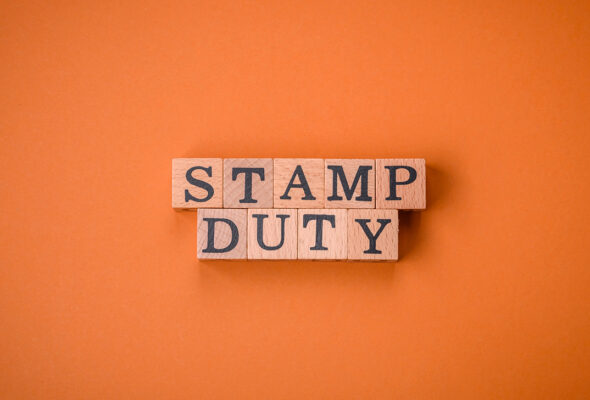The conveyancing process
When buying your new house, there is a need to go through the legal process of purchasing, this is called the conveyancing process. This process is where the property is transferred from one person to another. Whilst this process can be carried out by anyone, we certainly recommend you instruct the services of a competent solicitor to assist you. However, with the right help, it can be a simple process. We have put together a step by step guide of the conveyancing process which identifies the milestone involved.
Instructing a conveyancer
At this stage, you will need to obtain quotes from several conveyancers to assist with the purchase of the property. The conveyancer will require certain documents and verification at this stage. Once a suitable conveyancer has been selected you should inform the estate agent and mortgage provider of your chosen legal firm.
The checking of documents
Your chosen conveyancer will receive a number of documents from the solicitor of the selling party to review. These documents pack will include the legal contract, the lease, leasehold information if applicable, details about fixtures and fittings and the property plan confirming the boundaries.
Carrying out enquiries
A conveyancer will now ask a number of enquiries based on the contract pack. These enquiries may identify is there is any service charges payable, planned refurbishments and whether there have been any disputes between landlords and leaseholders.
Reviewing the mortgage
At this point, your conveyancer will receive the formal mortgage offer and will ensure that all conditions are being met to satisfy the bank. The conveyancer will review the file for the purchase and after drawing up a competition statement. Within this statement it will outline how much money is required to conclude the transaction.
Signing of documents
At this stage, you will need to meet with your conveyancer to sign a number of legal documents, including the contract, lease and mortgage deeds if they are applicable. The conveyance will review all documents and explain any relevant details.
Exchanging contracts
At this stage, the conveyancer will speak with the sellers solicitor informing them that you are keen to proceed to conclusion, notifying them of a proposed moving date. Once this has been agreed by all parties, the conveyancer takes steps to conclude the transaction in a legally binding manner. At this point, you are legally bound to purchase the property.
Completing the purchase
Once completion has occurred, you a free to collect the keys to your new property as all monies will have been exchanged. This means that you are now free to move into your new home. At this stage, the conveyancer will pay the stamp duty due on your purchase.
After the completion
You are now recognised as the owner of the property and your conveyancer will correspond with the lender and register your purchaser will the land registry.










